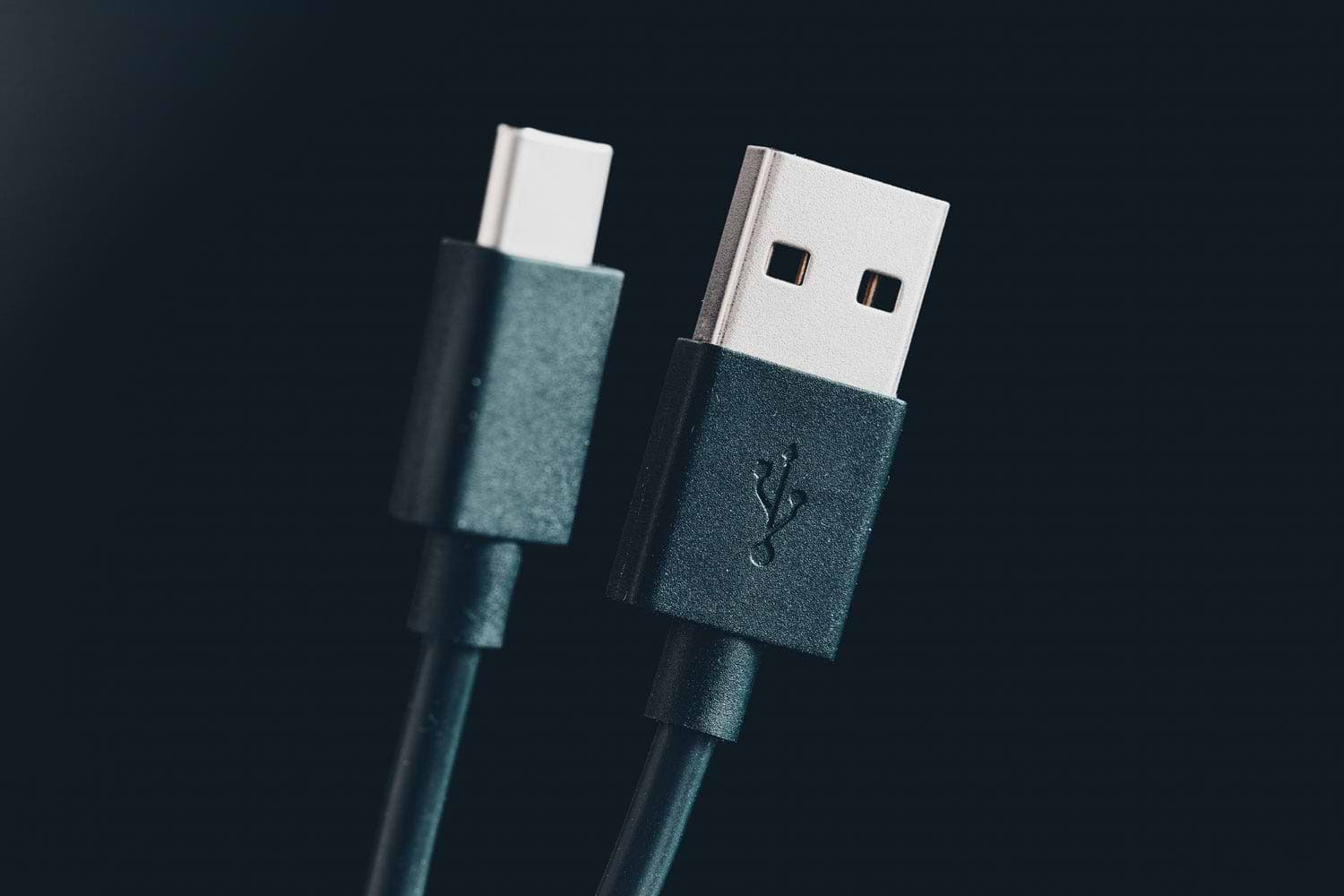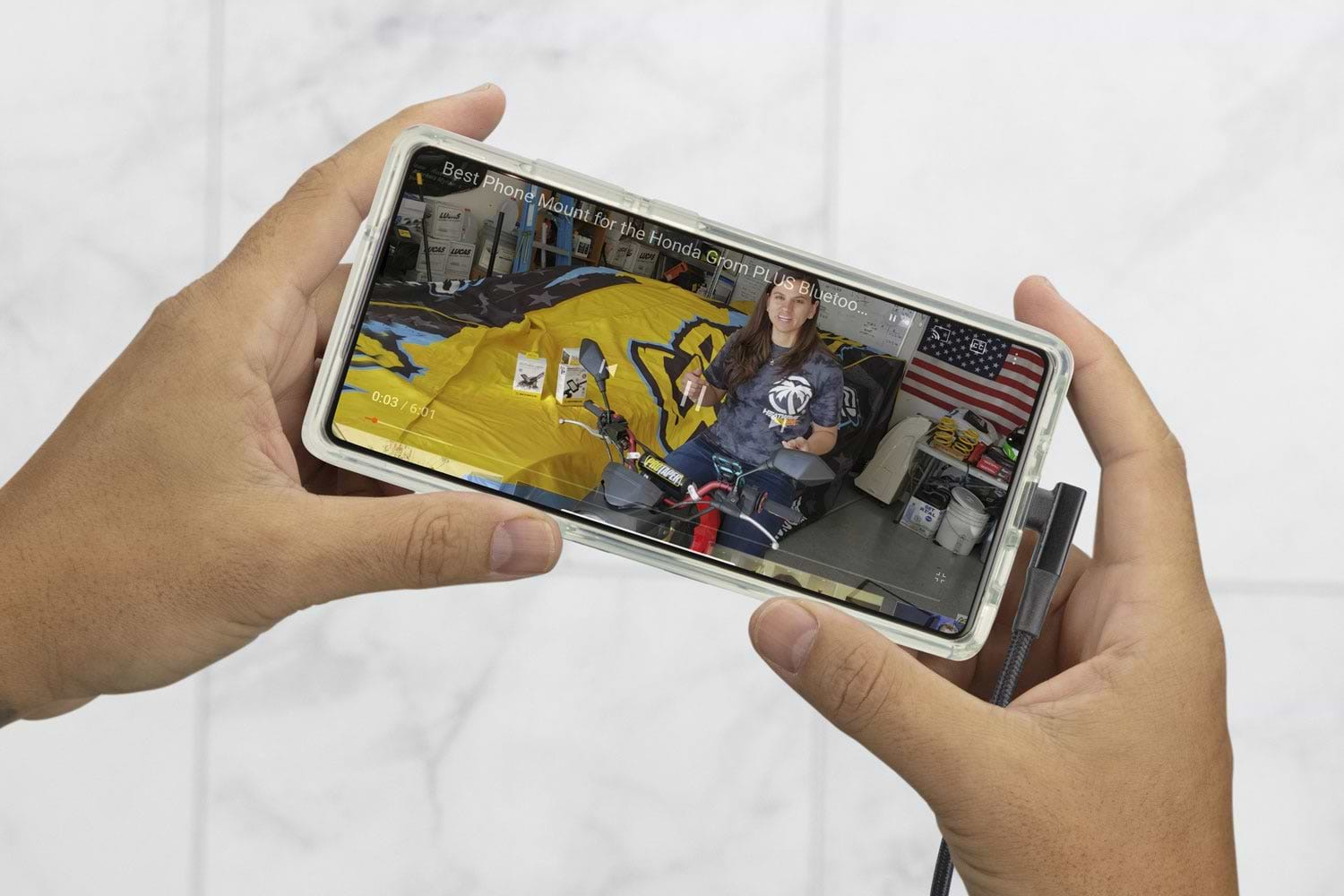USB-A vs. USB-C: Understanding the Differences

In today's fast-paced digital world, USB technology plays a crucial role in connecting and transferring data between devices. With the continuous advancement of technology, USB standards have evolved over time, leading to the development of two widely-used connectors: USB-A and USB-C. Understanding the differences between these two connectors is essential for consumers to make informed decisions regarding their device choices and compatibility.
In this article, we will explore the basics of USB technology, delve into the design and functionality of USB-A and USB-C, compare their advantages and disadvantages, analyze the key differences between them, and provide considerations for consumers when choosing between the two. Let's dive in!
The Basics of USB Technology
Before we explore the differences between USB-A and USB-C, let's first understand what USB actually is. USB, which stands for Universal Serial Bus, is a widely adopted industry standard for connectors and protocols that allow various devices to be connected and communicate with each other. From computers and smartphones to cameras and printers, USB technology has become an integral part of our everyday lives.
USB is a plug-and-play interface that allows devices to be connected and disconnected without restarting the computer. It provides power and data transfer capabilities, enabling devices to exchange information quickly and efficiently.
What is USB?
USB, or Universal Serial Bus, is a technology that has revolutionized the way we connect and interact with our devices. It has become the standard for connecting peripherals to computers, allowing for easy and seamless communication between devices.
The USB interface is designed to be user-friendly, with a simple plug-and-play system that eliminates the need for complex installation processes. This means that you can connect a USB device to your computer and start using it immediately, without having to install any additional software or drivers.
USB also provides power to connected devices, eliminating the need for separate power adapters. This makes it convenient for charging devices such as smartphones, tablets, and portable speakers.
Evolution of USB Standards
Since its introduction in 1996, USB technology has undergone several iterations, each bringing new features and improvements. The first version, USB 1.0, had a maximum data transfer rate of 12 Mbps (megabits per second) and was primarily used for connecting keyboards, mice, and other basic peripherals.
With the release of USB 2.0 in 2000, the data transfer rate was increased to 480 Mbps, making it suitable for connecting devices that required faster data transfer, such as external hard drives and digital cameras. USB 2.0 also introduced backward compatibility, allowing USB 1.0 devices to be connected to USB 2.0 ports.
In 2008, USB 3.0 was introduced, offering a significant improvement in data transfer speed with a maximum rate of 5 Gbps (gigabits per second). This made it ideal for transferring large files and streaming high-definition video. USB 3.0 also introduced new power management features, allowing devices to charge faster.
USB 3.1, released in 2013, further increased the data transfer speed to 10 Gbps. It also introduced a new connector type, USB-C, which is smaller and reversible, meaning it can be plugged in either way. USB-C became the new standard for many devices, including laptops, smartphones, and tablets.
In 2017, USB 3.2 was released, doubling the data transfer speed to 20 Gbps. This version also introduced multi-lane operation, allowing for even faster data transfer when using compatible devices.
With each new iteration, USB technology has continued to evolve and improve, providing faster data transfer speeds, increased power delivery capabilities, and more versatile connectivity options. As technology advances, USB will likely continue to play a crucial role in connecting and powering our devices.
An In-Depth Look at USB-A
USB-A, also known as the standard USB connector, is the oldest and most widely used USB connector. It has a rectangular shape with a flat interface and is found on most computers, laptops, and other electronic devices.
Design and Functionality of USB-A
The design of USB-A features a distinctive rectangular plug with four contacts inside. These contacts allow for the transfer of data and power between devices. USB-A connectors are designed to be inserted into USB ports in a specific orientation, ensuring a secure and reliable connection.
USB-A is compatible with USB 1.0, 2.0, 3.0, and 3.1 standards, making it a versatile connector. It provides reliable data transfer speeds, allowing users to quickly and efficiently transfer files between devices. The rectangular shape of USB-A also makes it easy to identify and connect, even in low-light conditions.
One of the key features of USB-A is its wide availability. USB-A connectors are widely manufactured and readily available, making them easily accessible for users. This widespread availability ensures that users can find USB-A cables and adapters for their devices without difficulty.
Pros and Cons of Using USB-A
One of the major advantages of USB-A is its wide compatibility with various devices. USB-A connectors can be found on a wide range of devices, including computers, laptops, gaming consoles, and audio equipment. This compatibility allows users to connect and transfer data between different devices seamlessly.
Another advantage of USB-A is its backward compatibility. USB-A connectors can be used with older USB standards, such as USB 1.0 and 2.0. This means that even if you have an older device with a USB-A port, you can still use newer USB-A cables and adapters to connect it to newer devices.
However, USB-A does have some limitations. One of the main drawbacks is its larger size compared to newer USB standards. The rectangular shape of USB-A connectors can take up more space on devices, making it less suitable for compact and slim designs.
In addition, USB-A has slower data transfer speeds compared to newer USB standards, such as USB 3.0 and 3.1. While USB-A can still provide reliable data transfer, users who require faster transfer speeds may find USB-A less suitable for their needs.
Furthermore, USB-A connectors do not support simultaneous charging and data transfer. This means that if you are using a USB-A cable to transfer data between devices, you cannot charge the devices at the same time. This limitation can be inconvenient for users who require both charging and data transfer capabilities simultaneously.
USB-A is a widely used and versatile USB connector. Its rectangular shape and four-contact design make it easily recognizable and reliable. While it has some limitations, such as its larger size and slower data transfer speeds, USB-A remains a popular choice for
connecting various devices.


Exploring USB-C
USB-C, also known as Type-C, is the latest and most advanced USB standard in the market. It features a small, oval-shaped reversible connector, which means it can be plugged in either way, making it user-friendly and convenient.
USB-C has revolutionized the way we connect and transfer data. Its design offers a smaller and more versatile connector compared to USB-A. With its symmetrical shape, the USB-C connector fits into devices with equal ease, eliminating the frustration of plugging in the wrong way. This design innovation has been widely praised by users who have experienced the annoyance of USB-A connectors that only fit in one direction.
But USB-C is not just about convenience. It also brings a host of other benefits. One of the most notable advantages is its support for higher power delivery. USB-C can deliver more power to devices, enabling faster charging and reducing the time spent tethered to a power outlet. This is particularly useful for smartphones, laptops, and other devices that require quick and efficient charging.
In addition to power delivery, USB-C also boasts faster data transfer speeds. With USB 3.1 and USB 3.2 standards, USB-C can transfer data at speeds of up to 10 Gbps and 20 Gbps respectively. This means that transferring large files, such as high-resolution videos or extensive photo libraries, becomes a breeze. USB-C has truly elevated the speed and efficiency of data transfer, making it a preferred choice for professionals and enthusiasts alike.
Another advantage of USB-C is its ability to support simultaneous charging and data transfer. This means that you can connect your USB-C device to a power source while transferring files or syncing data. This feature is particularly useful for individuals who rely heavily on their devices and need to multitask efficiently.
Despite its numerous advantages, it is worth mentioning that USB-C cables and accessories may vary in quality. As with any technology, there are low-quality options in the market that may not provide the same level of performance or durability. It is important to choose reputable brands and products to ensure a reliable and safe experience with USB-C.
Furthermore, not all USB-C devices support the same features. While most USB-C devices offer the basic functionalities, such as power delivery and data transfer, some may lack certain capabilities. It is essential to check the specifications of your devices to ensure compatibility and avoid any potential disappointments.
In conclusion, USB-C has brought significant advancements to the world of connectivity. Its compact size, reversibility, fast data transfer speeds, and the ability to support simultaneous charging and data transfer make it a highly desirable option for modern devices. However, it is important to be mindful of the quality of USB-C cables and accessories, as well as the varying capabilities of different USB-C devices. With the right choices, USB-C can greatly enhance your digital experience and simplify your daily life.
Key Differences Between USB-A and USB-C
Now that we have explored the individual characteristics of USB-A and USB-C, let's compare their key differences in terms of physical design, performance, and compatibility.
Physical Differences
USB-A and USB-C connectors have distinct physical differences. While USB-A has a rectangular shape, USB-C features an oval shape with a smaller form factor. The symmetrical design of USB-C makes it more user-friendly, eliminating the frustration of flipping the connector multiple times before it fits.
Performance and Speed Differences
USB-C supports faster data transfer speeds compared to USB-A. USB-C can achieve data transfer speeds of up to 10 Gbps with USB 3.1, while USB-A is limited to speeds of up to 5 Gbps with USB 3.0. Additionally, USB-C supports higher power delivery, allowing devices to charge faster.
Compatibility Differences
When it comes to compatibility, USB-A has the advantage of being widely supported by various devices, including older ones. USB-C, on the other hand, is the future of USB technology and is increasingly being adopted by manufacturers for new devices. While many devices now come with USB-C ports, it is important to note that not all USB-C devices and accessories are compatible with each other, so checking compatibility is crucial.
Choosing Between USB-A and USB-C
When choosing between USB-A and USB-C, several considerations come into play.
Considerations for Consumers
For users who have devices with USB-A ports, sticking with USB-A may be preferable to maintain compatibility and avoid the need for additional adapters or cables. However, if you have newer devices with USB-C ports, embracing the USB-C standard can provide faster data transfer speeds and more convenience due to its reversible design. Additionally, considering the future trend of USB technology, USB-C is likely to become even more prevalent as manufacturers phase out USB-A.
Future Trends in USB Technology
As technology continues to evolve, we can expect further advancements in USB technology. USB standards are likely to become faster and more efficient, and we may see the widespread adoption of USB-C in various devices, including smartphones, laptops, and peripherals.
Conclusion
USB-A and USB-C are two different USB standards that have their own unique characteristics, advantages, and disadvantages. While USB-A remains widely used and compatible with most devices, USB-C offers faster data transfer speeds, higher power delivery, and a more user-friendly design.
Choosing between USB-A and USB-C depends on individual needs, compatibility with existing devices, and consideration of future trends in USB technology. As technology continues to evolve, USB-C is poised to become the new standard, but USB-A will remain relevant for the foreseeable future.
So, whether you opt for USB-A or USB-C, understanding their differences and making informed decisions will undoubtedly enhance your overall user experience and connectivity.